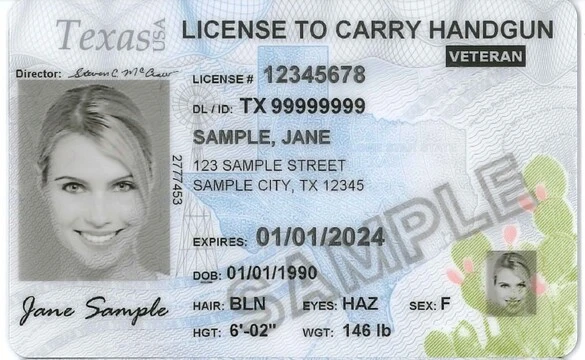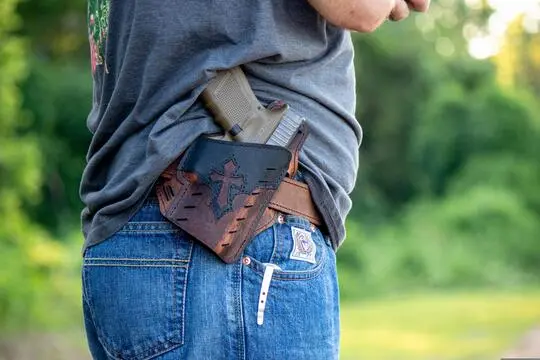As the seasons change and the temperature drops, many of us find ourselves layering up with heavier clothing to stay warm. However, this additional bulk can pose a significant challenge for those who carry a pistol, particularly when it comes to drawing their firearm quickly and efficiently. In this article, we will explore the importance of adapting to seasonal changes and provide valuable tips on how to master the art of pistol draw with winter gear.
The Challenge of Heavier Winter Gear
When training with a pistol, many of us become accustomed to drawing our firearm while wearing lightweight clothing, such as a t-shirt. However, once we add layers of heavier gear, such as hoodies or jackets, the dynamics of drawing a pistol change significantly. The added bulk can make it more difficult to access our firearm, which can be a critical issue in high-pressure situations.
Key Considerations for Drawing with Heavier Gear
To overcome the challenges posed by heavier gear, it is essential to consider two key factors: the stretchiness of the garment and the overall fit of the clothing. A looser-fitting bottom layer, such as a shirt or hoodie, can provide more flexibility and allow for easier access to the pistol. On the other hand, tighter-fitting jackets or tops can restrict movement and make it more difficult to draw the firearm.
The Importance of Dry Fire Training
One effective way to adapt to the challenges of drawing with winter gear is through dry fire training. By practicing dry fire reps while wearing different outfits, individuals can develop muscle memory and build confidence in their ability to access their pistol quickly and efficiently. This type of training allows individuals to familiarize themselves with the unique characteristics of each outfit and make adjustments as needed.
Training for Variable Outfits
Every outfit is different, and what works for one jacket or shirt may not work for another. To overcome this challenge, it is crucial to train with a variety of outfits and scenarios. By incorporating dry fire training into your routine, you can develop the skills and confidence needed to draw your pistol quickly and effectively, regardless of what you are wearing.
Conclusion
Adapting to seasonal changes and mastering the art of pistol draw with heavier gear requires practice, patience, and attention to detail. By considering the stretchiness and fit of your clothing, incorporating dry fire training into your routine, and practicing with a variety of outfits, you can develop the skills and confidence needed to access your pistol quickly and efficiently, even in the most challenging situations. Remember, confidence and proficiency come from practice, so make sure to train regularly and stay prepared for any situation that may arise.



